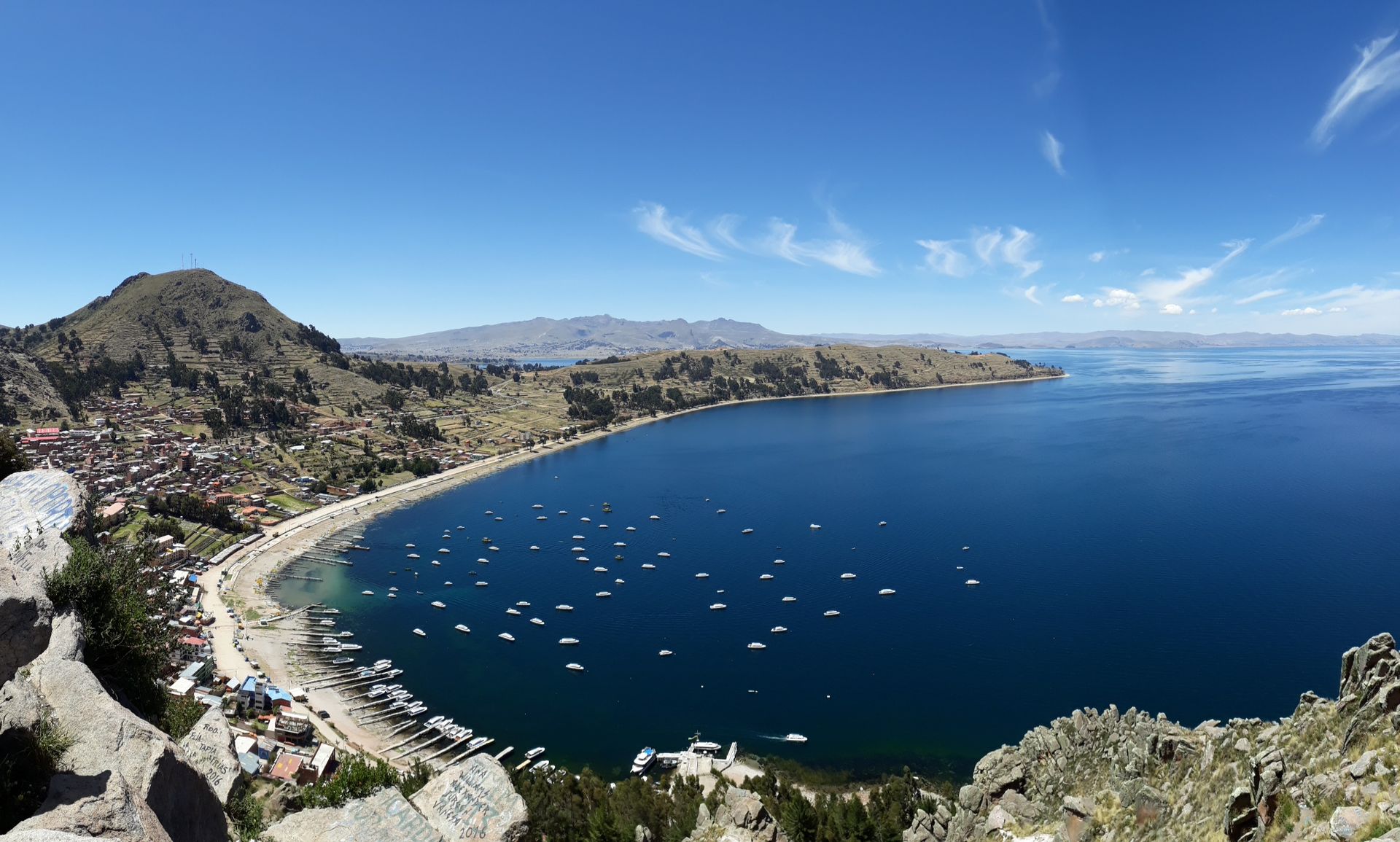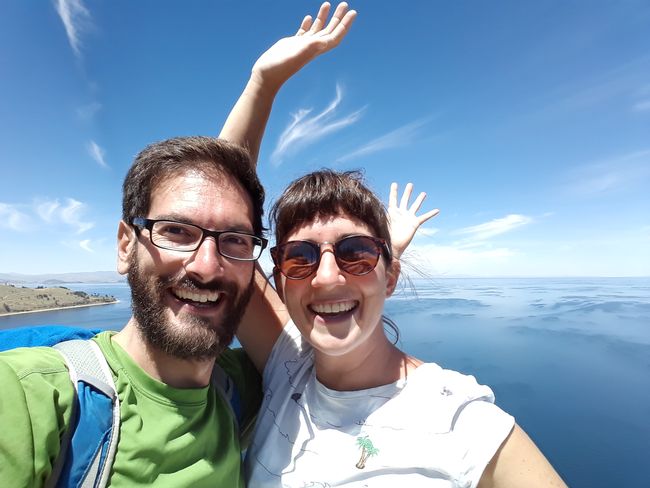
mundolandia
vakantio.de/mundolandia
From Melbourne to Sydney via Wilsons Prom, 90 miles beach, Murramarang National Park
Ebimisami: 13.02.2017
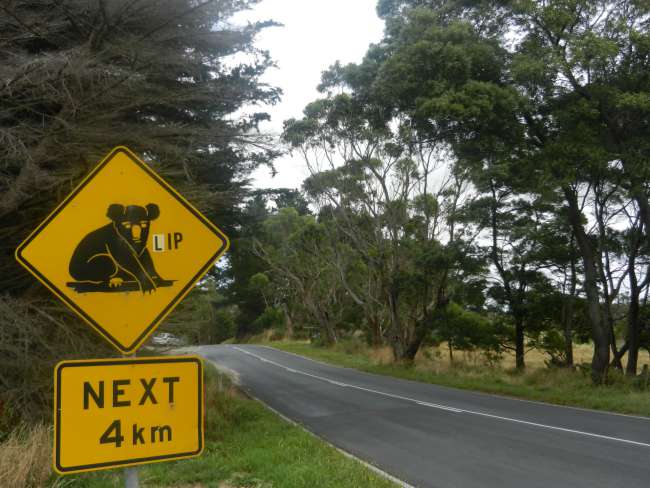
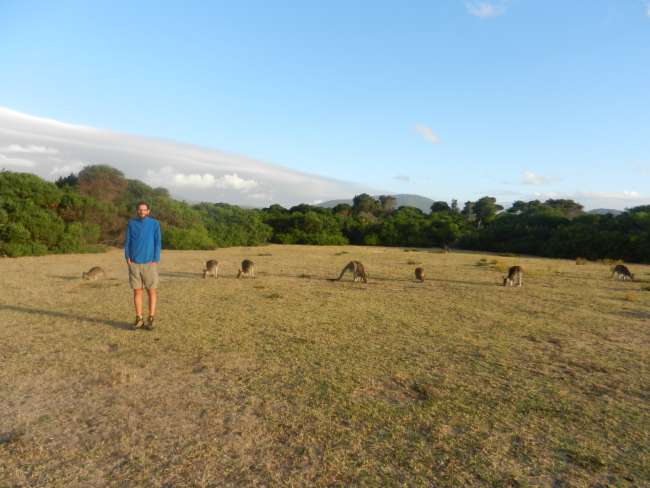
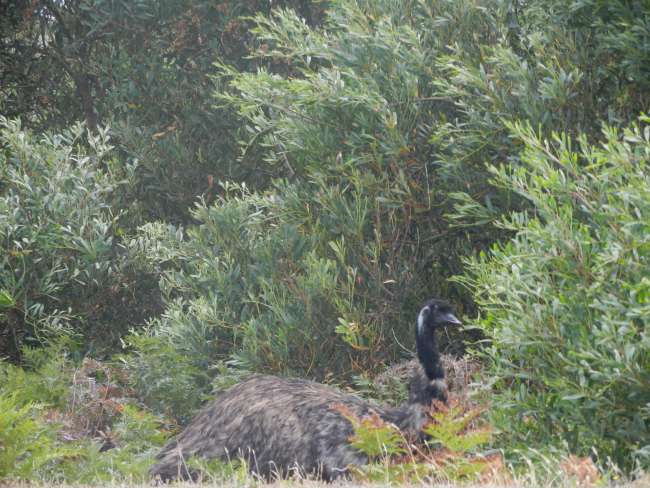
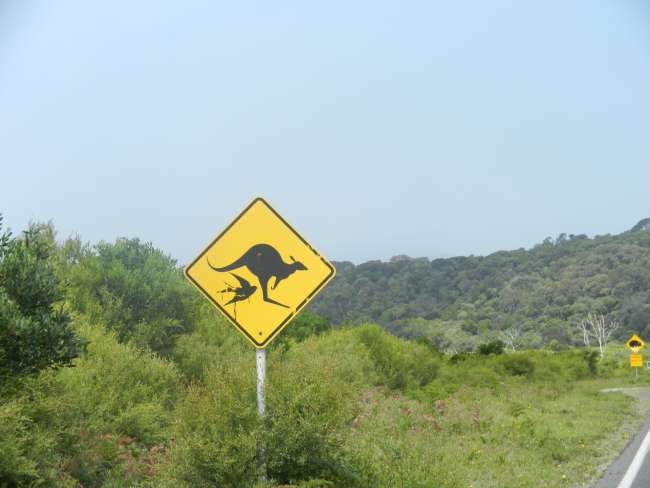

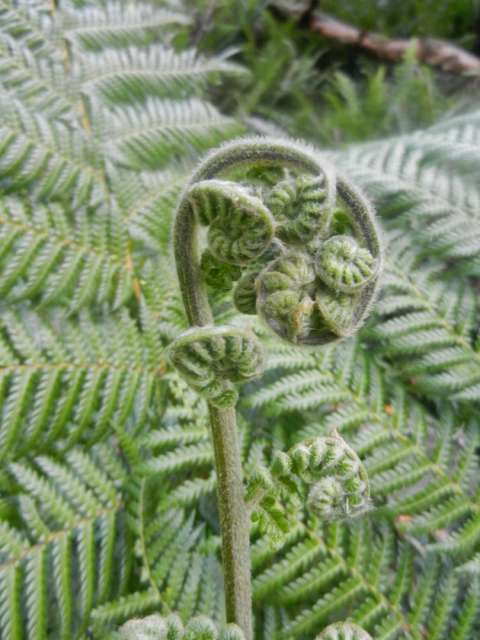
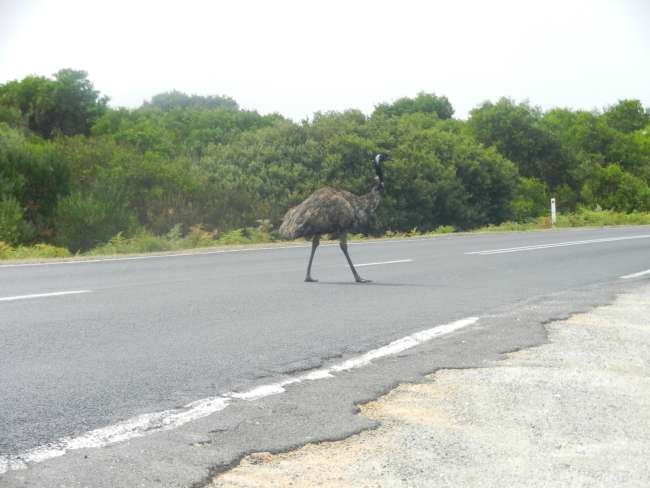
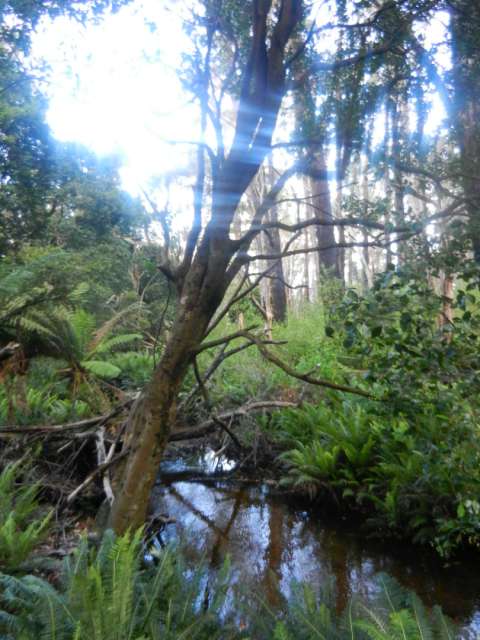
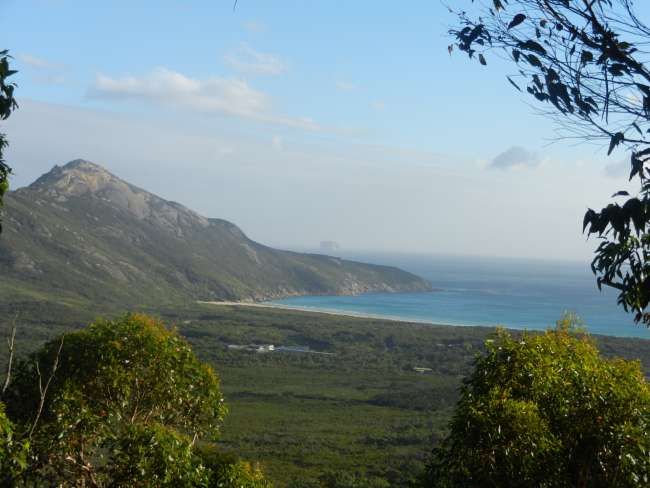
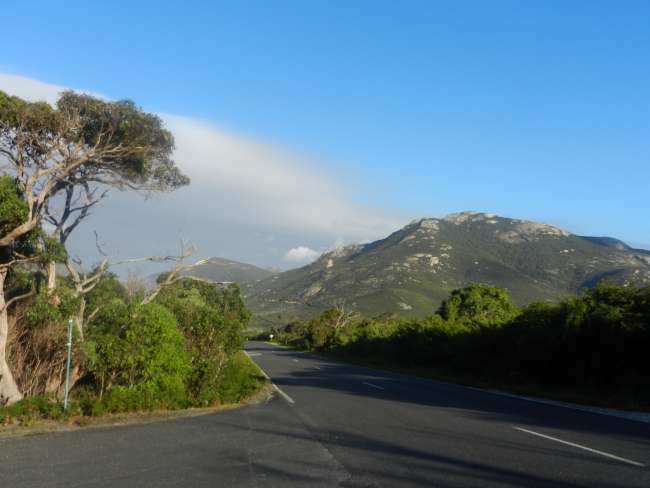
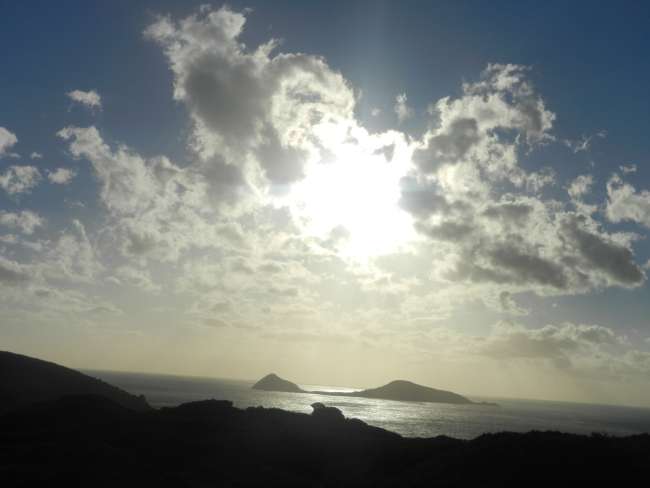
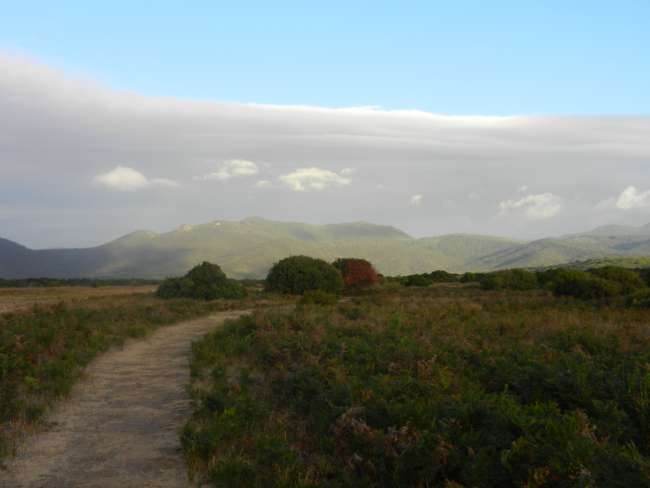
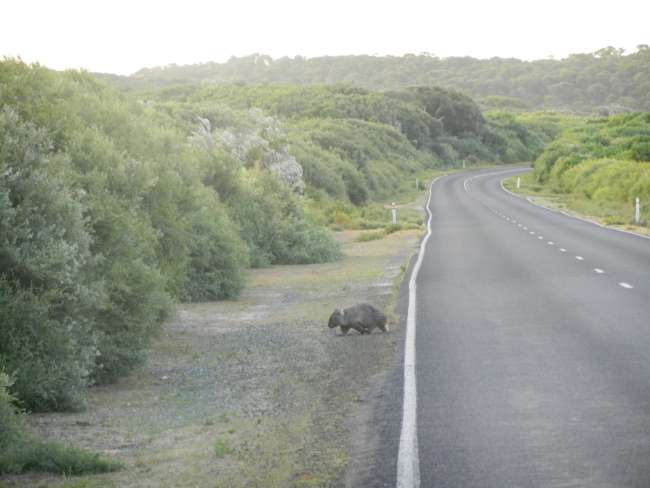
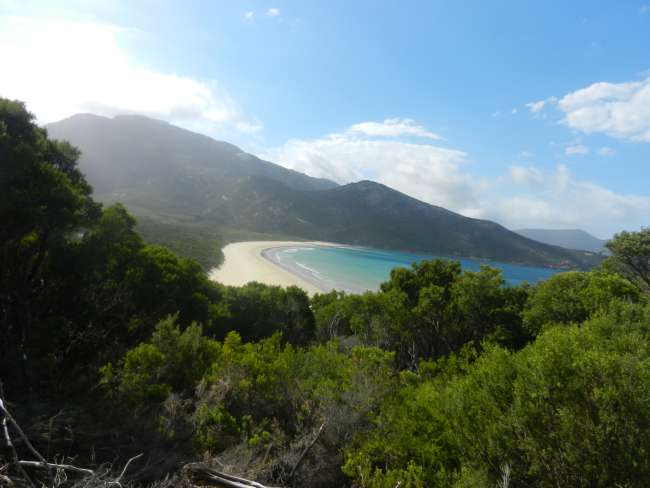
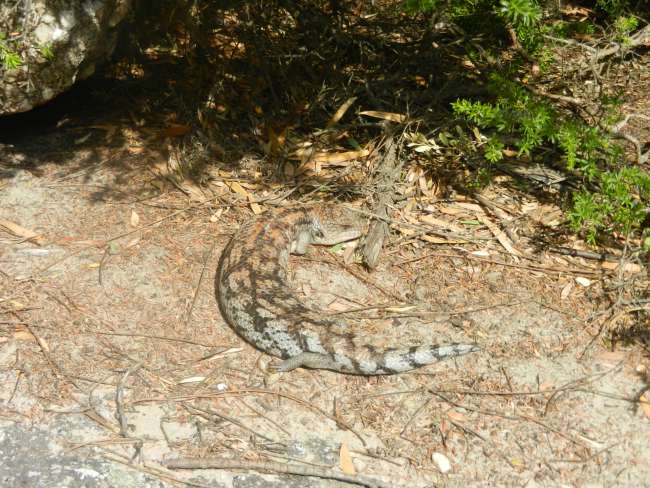
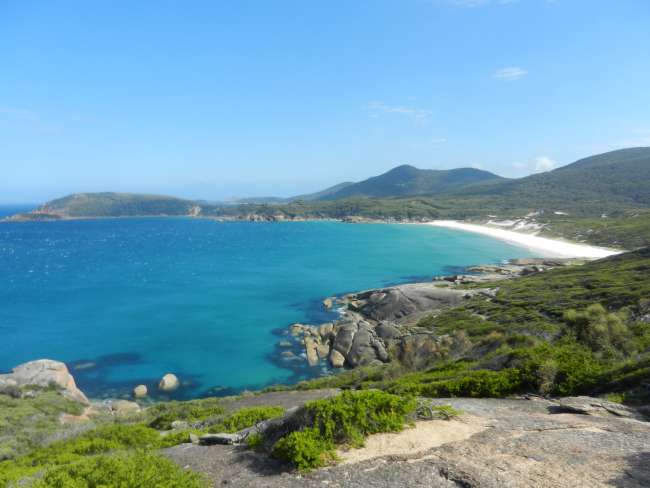
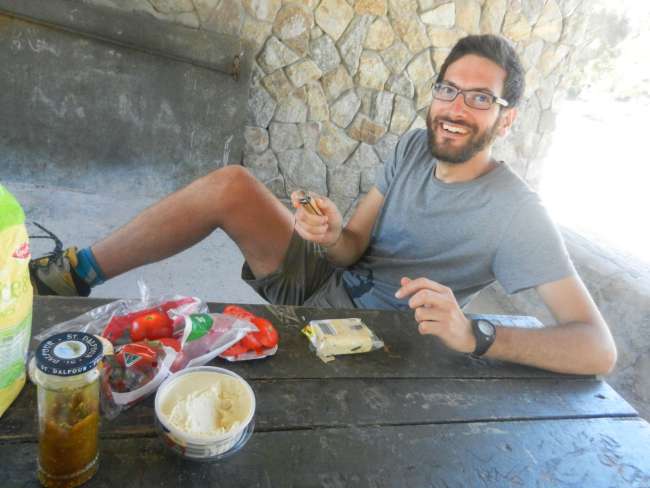
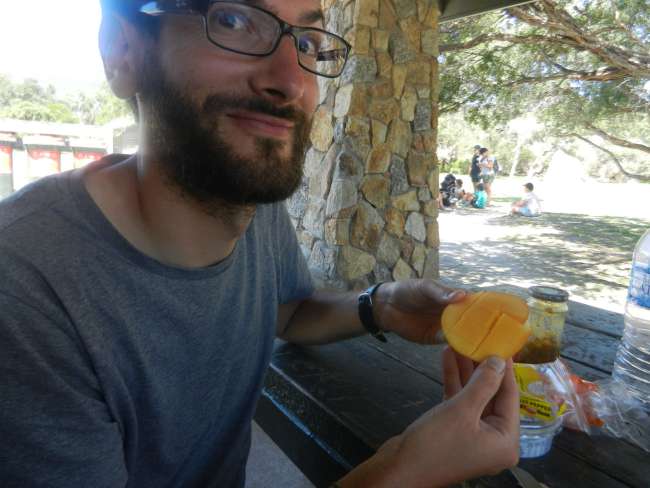
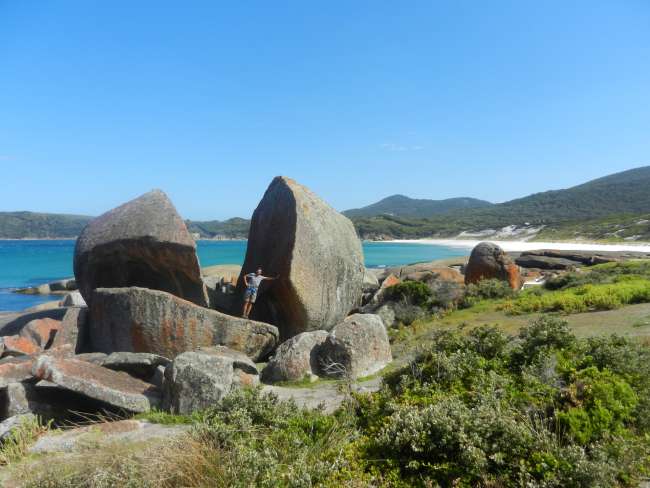
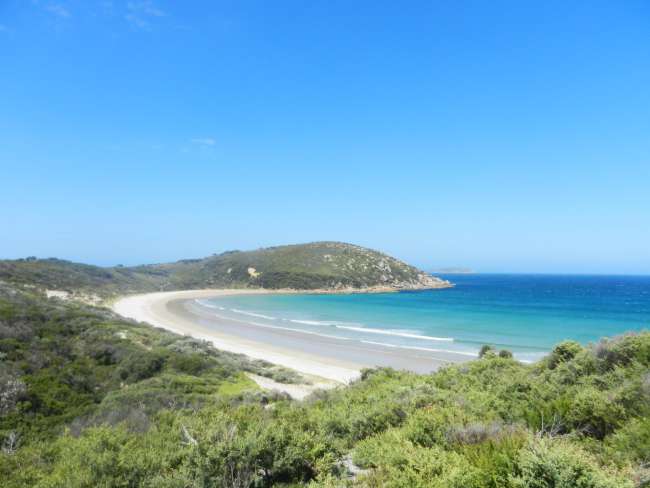
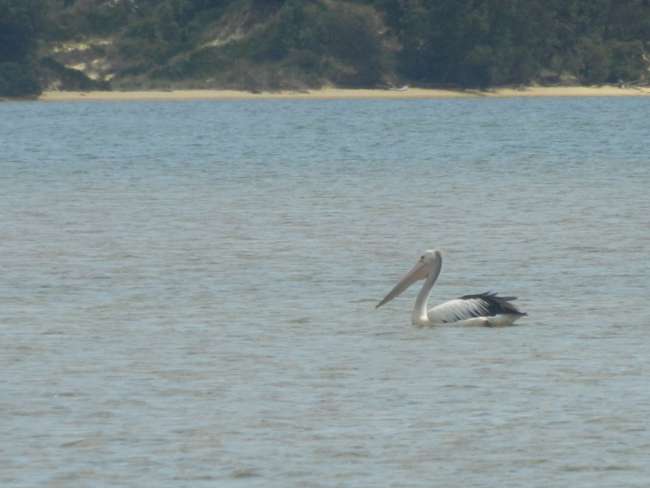
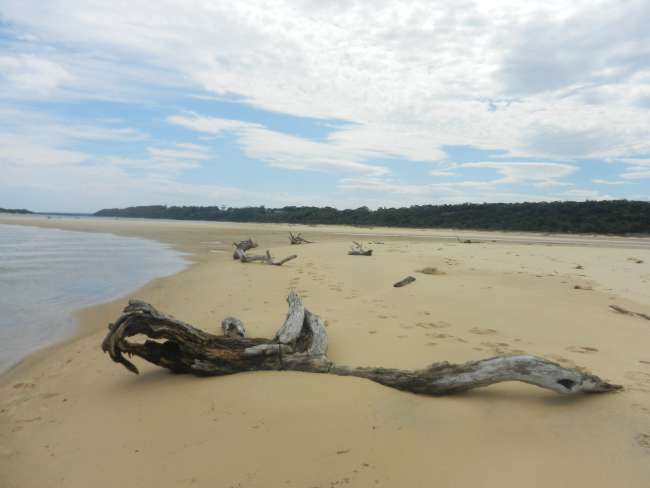
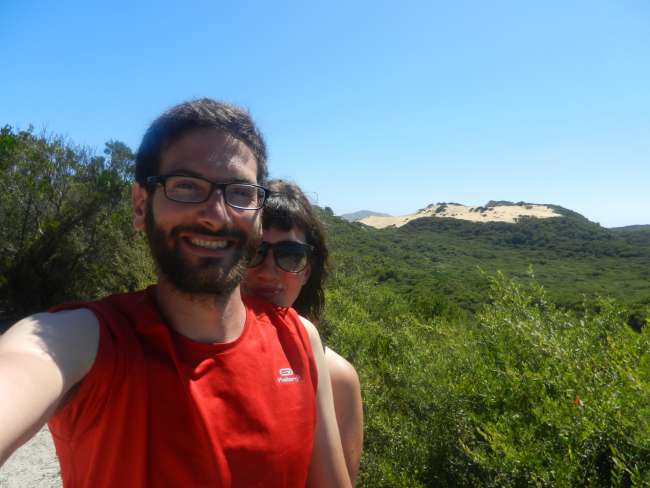
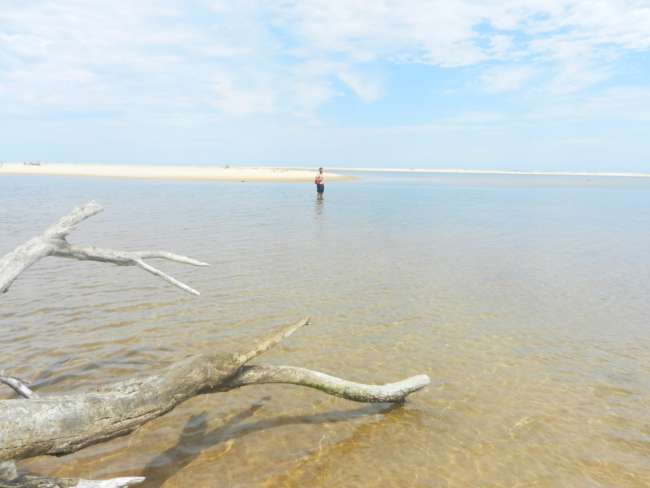
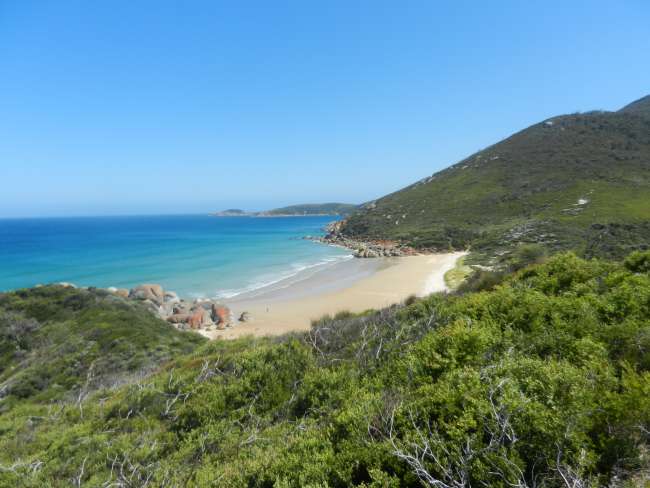
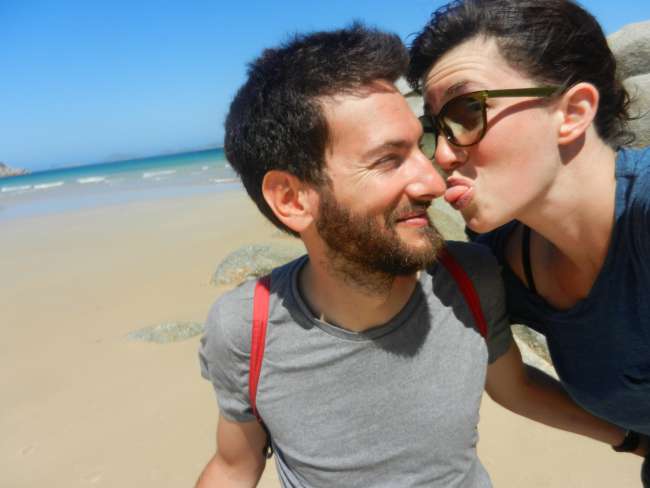
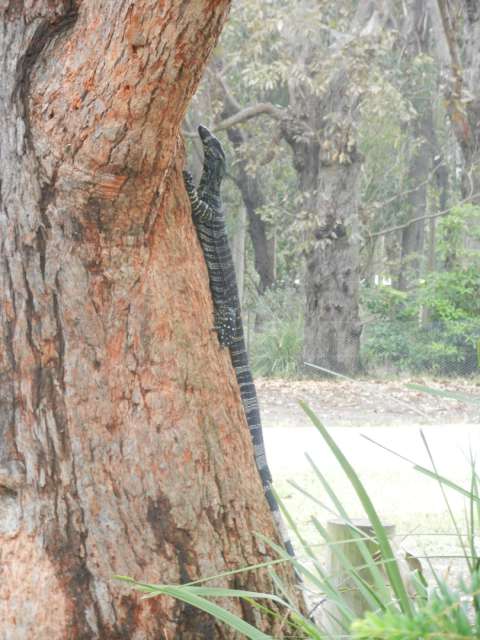
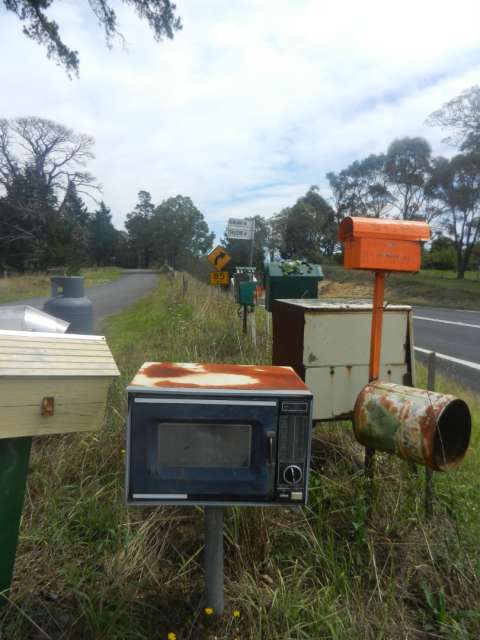
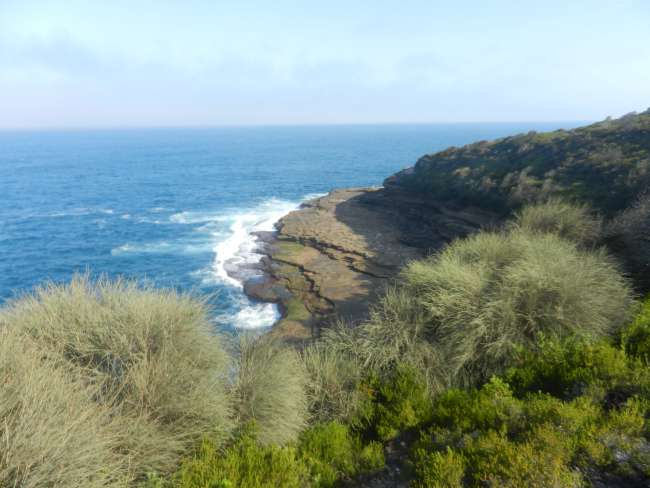
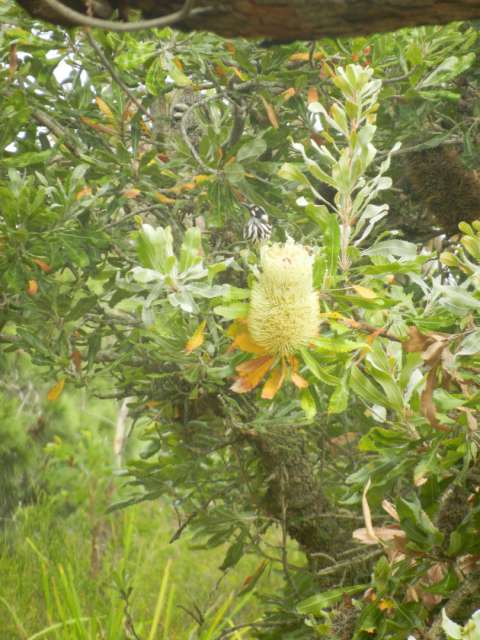
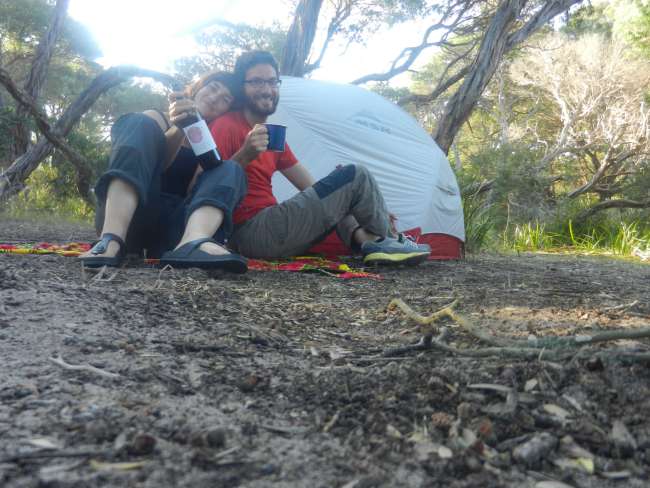
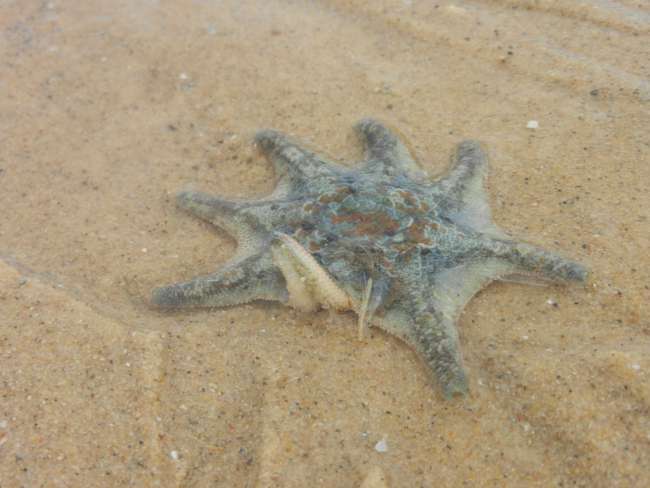
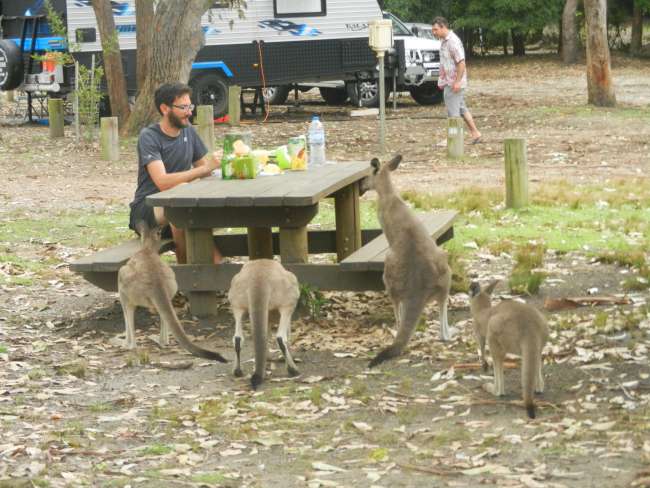
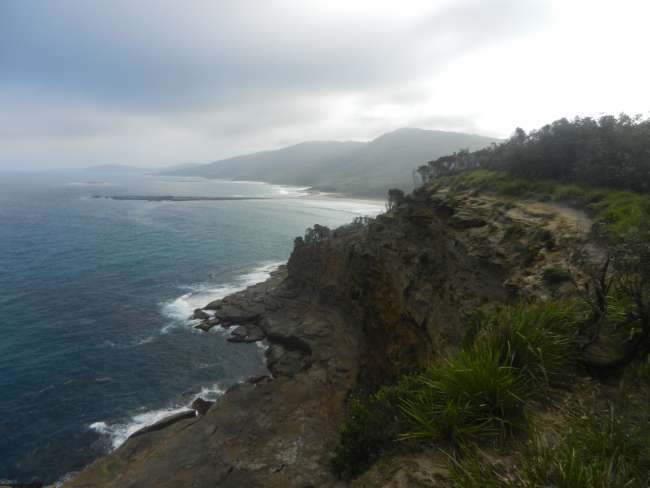
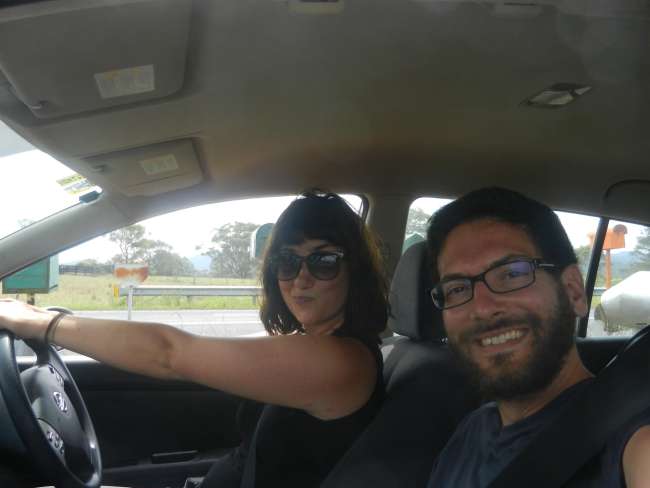
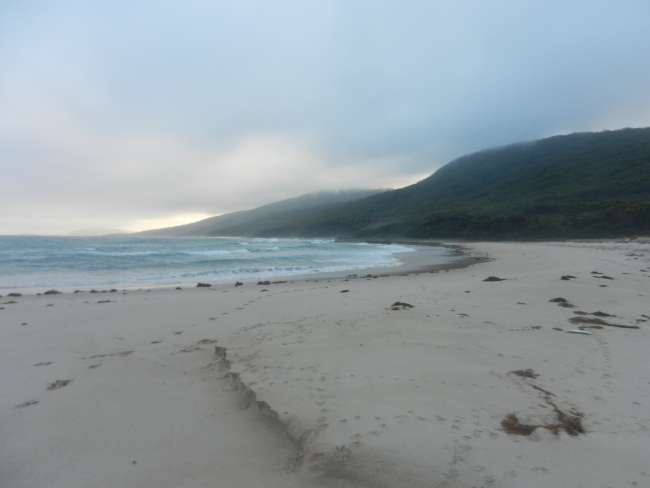
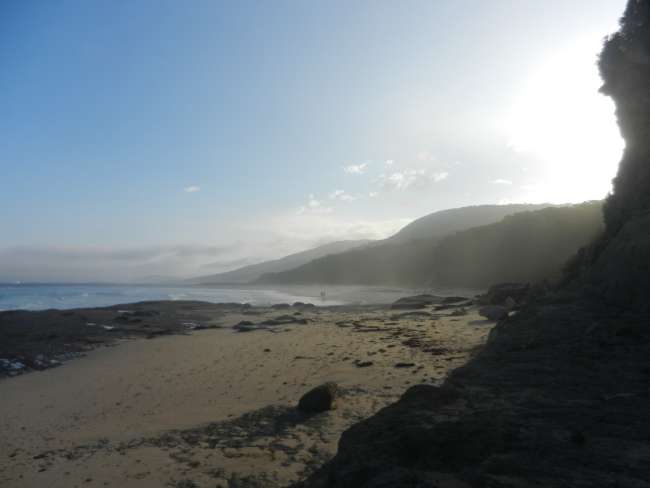
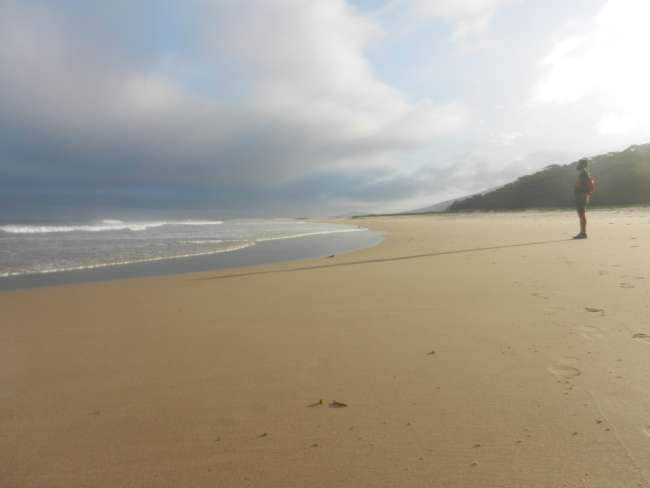
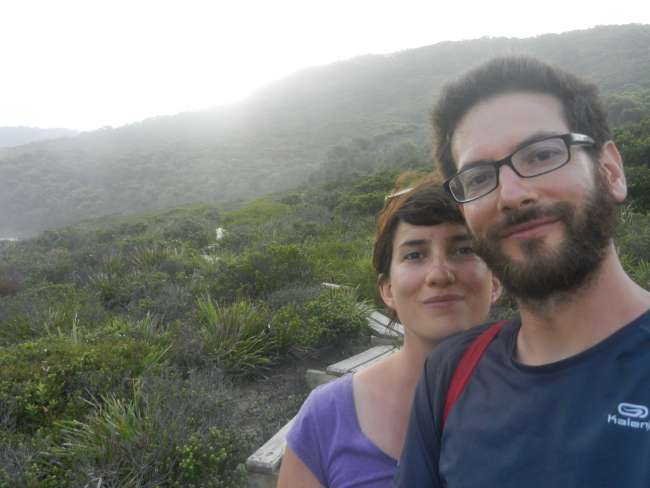

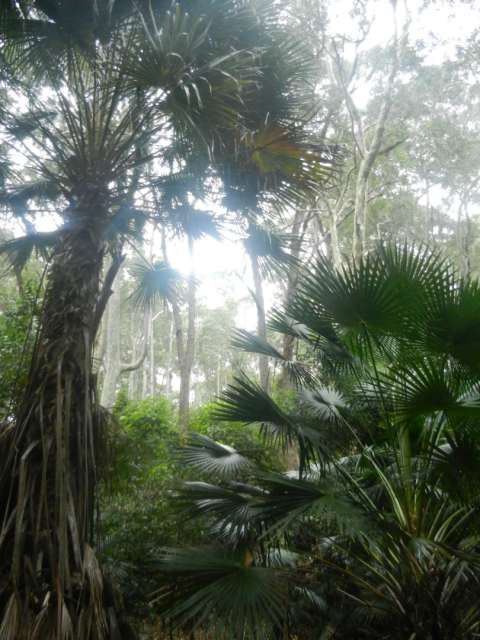
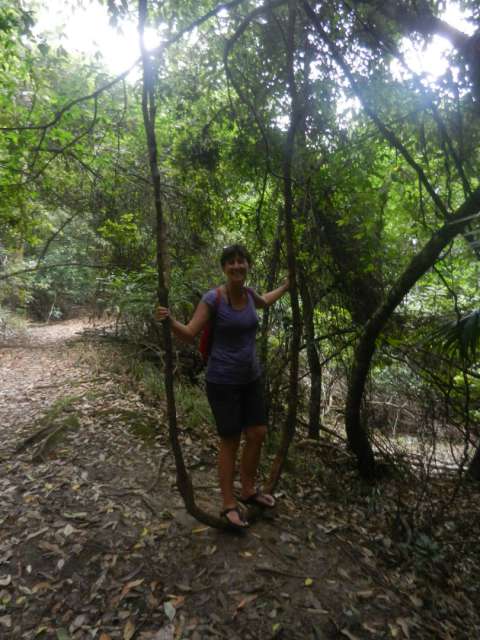
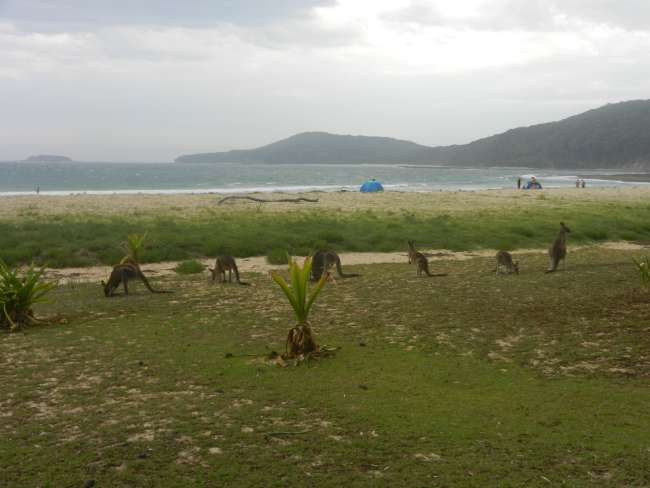
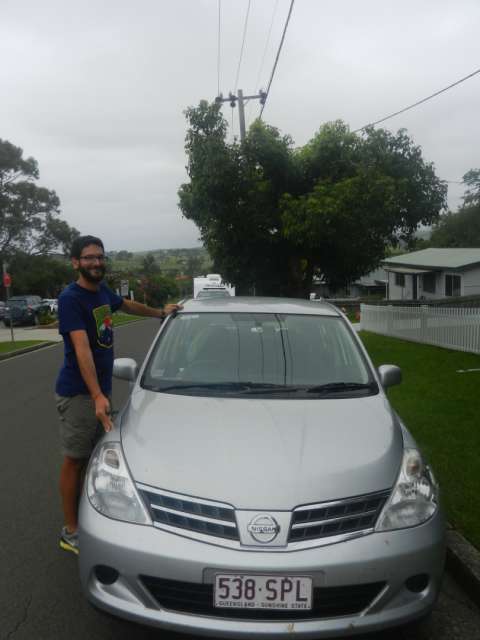
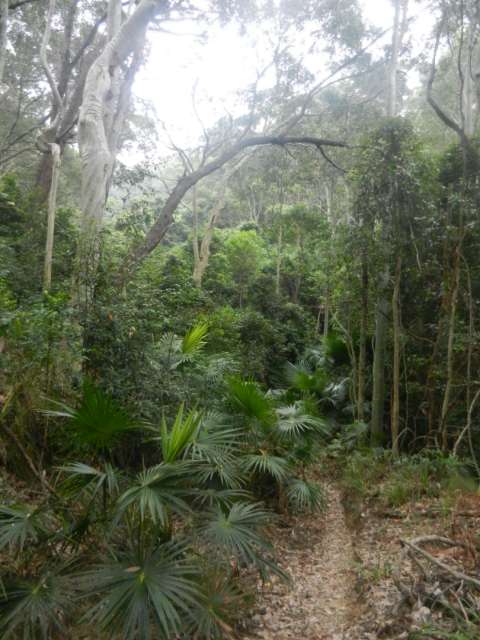
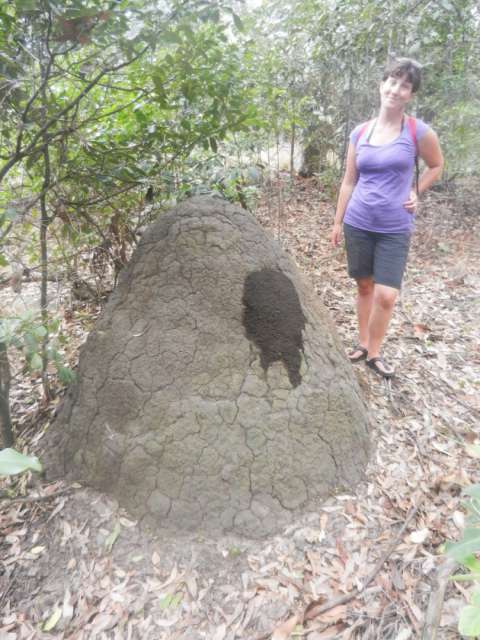


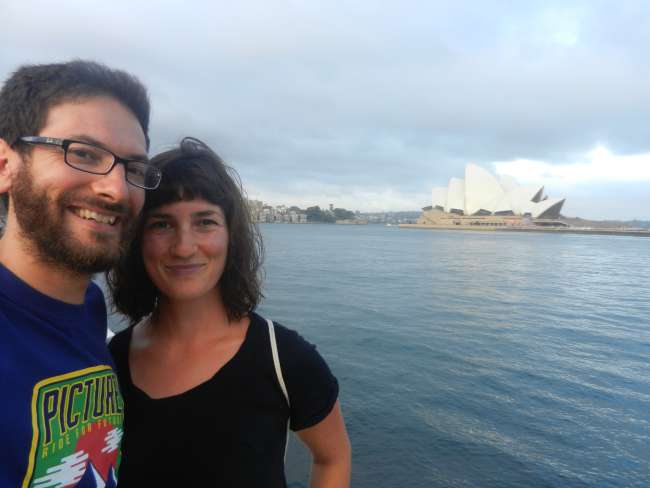
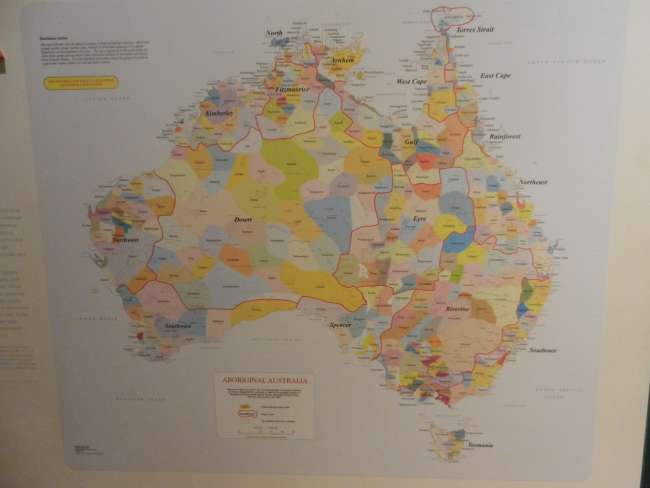
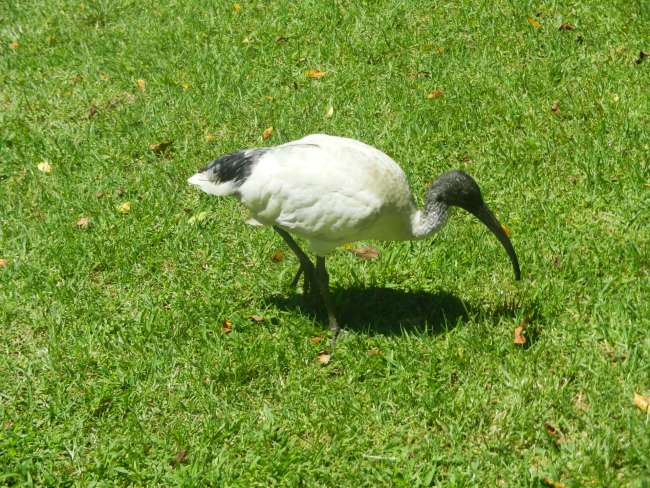
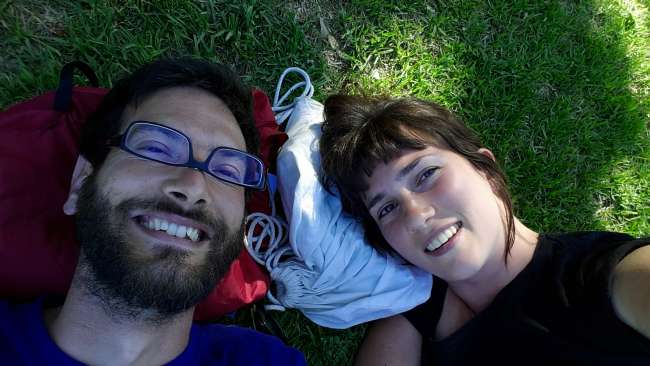
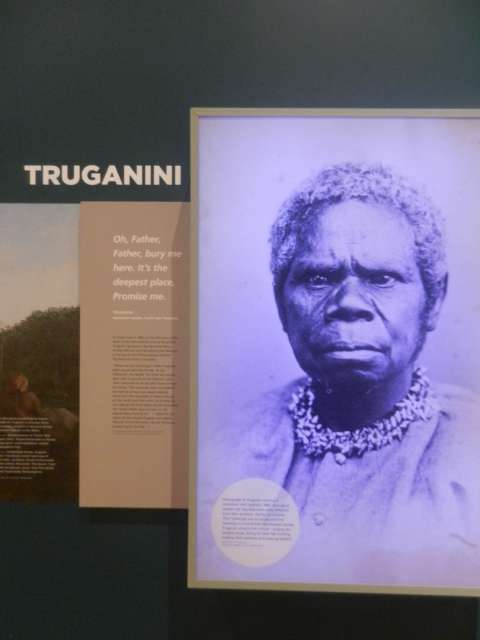
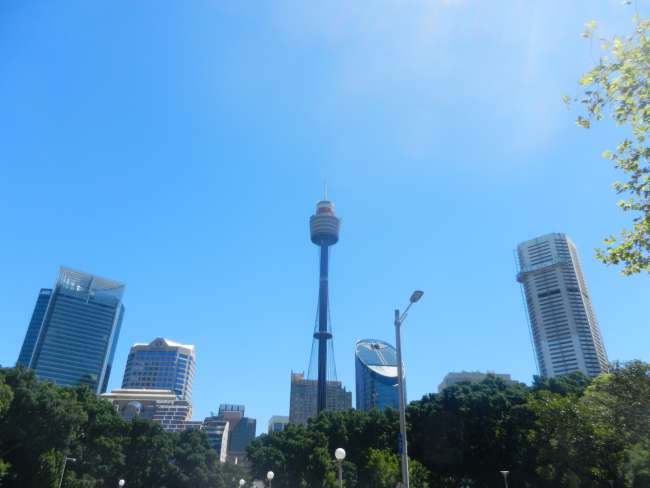
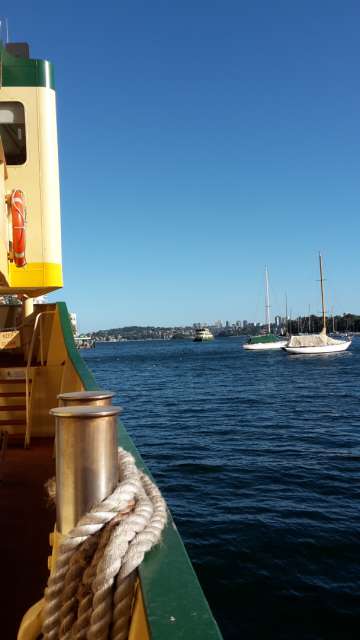
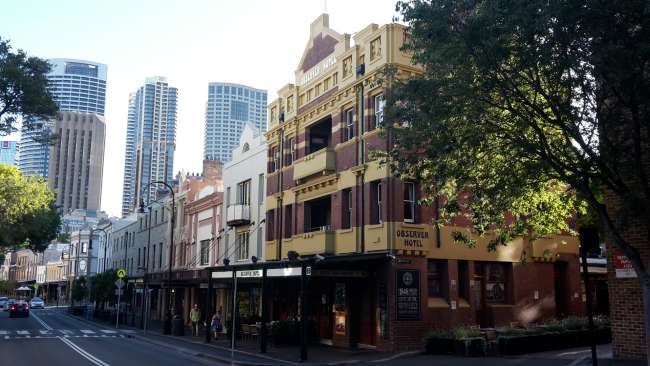
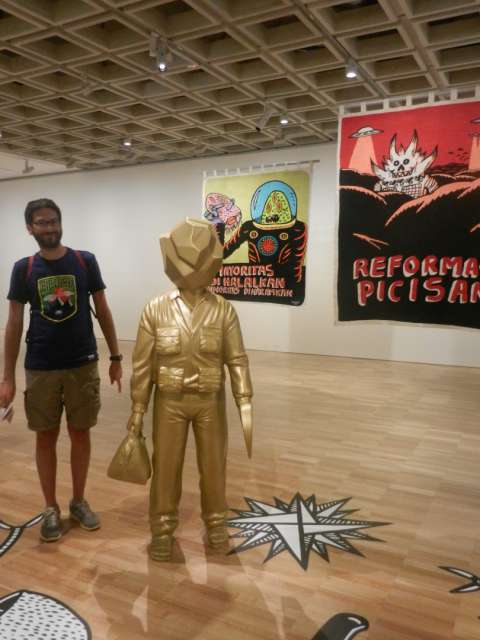
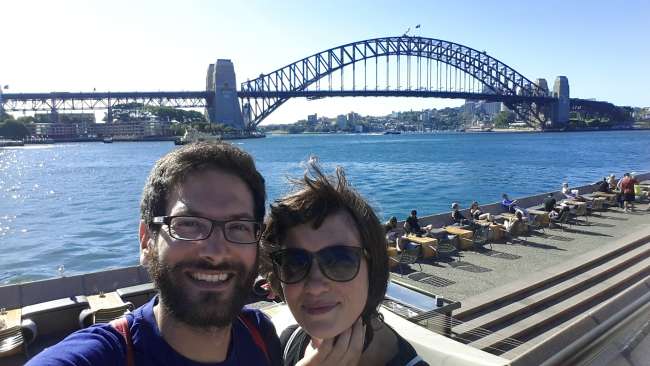
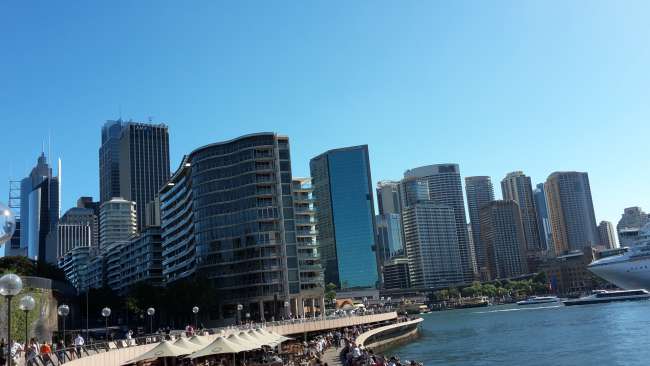
Abonnez-vous na Bulletin ya Sango
Our first stop after Melbourne was Wilsons Promontory National Park. We were greeted by strong winds, but luckily our tent survived. As we drove into the park, we suddenly encountered 2 emus on the road... what a sight! We went on a small walk called Lilly Pilly Gully, through fragrant eucalyptus forests and damp rainforest. We learned that wildfires are destructive but a natural part of the Australian ecosystem, and some plants even rely on them for germination! In 2009, there was a major fire in the park, but you can hardly tell now apart from a few burnt tree trunks. The fire-damaged trees often continue to live, and it's amazing to see how everything else grows and thrives!
Due to the storm, we had dinner in the tent. After eating, we lay down for about 2 minutes when suddenly I felt something on my foot... at first, I thought it was David, then I thought it was the wind bending the tent... but when I looked up, I saw a creature in the dark trying to get into our tent! It was a wombat!! Wombats have a keen sense of smell and are always searching for food, which sometimes leads them to campers. Luckily, we were able to scare it away, and neither it nor the tent were harmed! 😊
The next day, we did the 3 Bay Walk. Squeaky Beach, Picnic Bay, and Whisky Bay are three beautiful beaches. At Squeaky Beach, the sand is so fine that it squeaks under your feet when you walk on it. This happens at many beaches here... and the water is refreshingly icy!
There are lots of kangaroos in the park, plenty of wombats and birds, but we haven't seen any koalas yet, despite all the signs. Koalas sleep about 19 hours a day and spend the remaining hours chewing on eucalyptus leaves high up in trees, moving very slowly. So it's not surprising that they're hard to spot in the wild.
On our way north, we stayed at 2 free campsites. One of them was at 90 Mile Beach, a wonderful place. Right by the ocean, a huge beach, empty, shaded spots among the trees to set up our tent, and even a pit toilet 😉 There should be more places like this! The second free spot is basically a rest area. A parking lot, 2 benches, a bit of grass for the tent, and a pit toilet right next to the highway. Not bad, but extremely noisy, so we had a sleepless night.
In Murramarang National Park, we saw a goanna for the first time, which is a pretty large monitor lizard. There are lots of kangaroos here, and they're not shy at all and are interested in David's food... We did two wonderful walks along the coast, with lots of ocean and rainforest, once at Pretty Beach and once at Pebbly Beach, where we had our first encounter with a leech and saw many termite mounds. The rainforest here is getting warmer, with more vines and juicier greenery and huge trees, unlike the cold rainforest in Tasmania. At night, there was a heavy thunderstorm, which I found very eerie and dangerous in the tent... but David didn't seem to care, he just kept on sleeping, unbelievable!
On our way to Sydney, we stopped in Ulladulla, a nice town... we contacted an acquaintance from South Africa who we met in Tasmania on the Overland Track. She lives in Sydney and invited us to stay with her. We spent 2 lovely days with her and her husband 👍
Sydney is big, busy, and very Asian. We did some cultural activities, visiting the Art Gallery of New South Wales and the Australian Museum. We were particularly interested in Aboriginal art, and the art gallery gave us a good overview. The Australian Museum also has a comprehensive section on the history of the Aboriginal people of Australia. It shows how they lived before the first British arrived in 1788 and how their lives changed after their arrival. Massacres, discrimination, injustice at every level... for example, many Aboriginal children were taken away from their families and raised to be "white". Girls were told they were actually white, they were scared of men with Aboriginal heritage, and they were encouraged to marry white men to dilute and eventually eradicate Aboriginal blood. Numerous massacres dramatically reduced the number of Aboriginal people. The heterogeneous Aboriginal tribes spoke over 400 languages, many of which are now extinct. It's genocide by the book... The situation today is better than before, but there is still no equality. The current (conservative) government is running campaigns that do not lead to improvement, quite the opposite.
We concluded our time in Sydney with a harbor cruise... and onwards we go!
Nuestra primera parada después de recoger el coche en Melbourne es el Parque Nacional Wilsons Promontory. Nada más entrar al parque nos reciben dos emús cruzando la carretera, que son un tipo de ave similar al avestruz. Aunque en el parque hace mucho viento y parece que habrá tormenta, nos animamos a hacer una pequeña ruta circular a través de la selva y el bosque de eucaliptos. También nos dirigimos al comienzo de otra pequeña ruta donde se pueden ver bastantes canguros.
De vuelta en el camping, decidimos cenar dentro de la tienda debido al fuerte viento. Después de cenar, nos echamos 3 minutos de descanso antes de sacar los restos de la comida de la tienda, ya que los bichos del camping los buscan. Al cabo de ese tiempo, Ninja empieza a notar golpes en los pies, pensando en un primer momento que era yo o el viento, pero se lleva el susto de su vida (y yo también) cuando ve una sombra de algo intentando entrar en la tienda. Resulta que era un wombat empujando con la cabeza e intentando entrar atraído por los restos de comida.
Al día siguiente, hicimos una ruta dentro del parque que recorre diferentes playas y bahías.
Nuestras dos siguientes paradas son dos campamentos gratuitos: Uno muy bonito detrás de las dunas de la playa de las 90 millas, y otro no tan bonito al lado de la autopista, donde no pudimos pegar ojo por el tráfico.
A continuación nos dirigimos al Parque Nacional Murramarang, donde vemos por primera vez los goannas, unos lagartos muy grandes y parecidos a los varanos. El camping y las playas están llenas de canguros. Parece que están bastante acostumbrados a la gente y no se asustan fácilmente. También en este parque tenemos nuestra primera experiencia con sanguijuelas durante una ruta a través del bosque húmedo.
Antes de llegar a Sydney, contactamos con una mujer que conocimos durante el tiempo que estuvimos en Tasmania, que nos invitó a su casa durante nuestra estancia en la ciudad. La invitación seguía en pie, así que ya teníamos alojamiento en Sydney.
La ciudad es muy grande, bulliciosa y muy asiática, ya que parece que hay muchos japoneses y chinos que vienen a estudiar aquí. Durante nuestra estancia aquí, visitamos la Ópera, el Jardín Botánico, el Museo Australiano, la Galería de Arte y un barrio junto al puerto llamado The Rocks. Lo que queremos ver tanto en el museo como en la galería es parte de la vida de los aborígenes australianos.
Abonnez-vous na Bulletin ya Sango
Eyano (3)
olvido
Que bonito todo y que guapos los cangurosNini
Si nos esta encantando todo mucho! De momento no tenemos wifi para poner mas fotos... ya pondremos alguna cuando podamos conectarnos a un internet mejor!Davinson
Que guapos chicos! disfrutar mucho! :)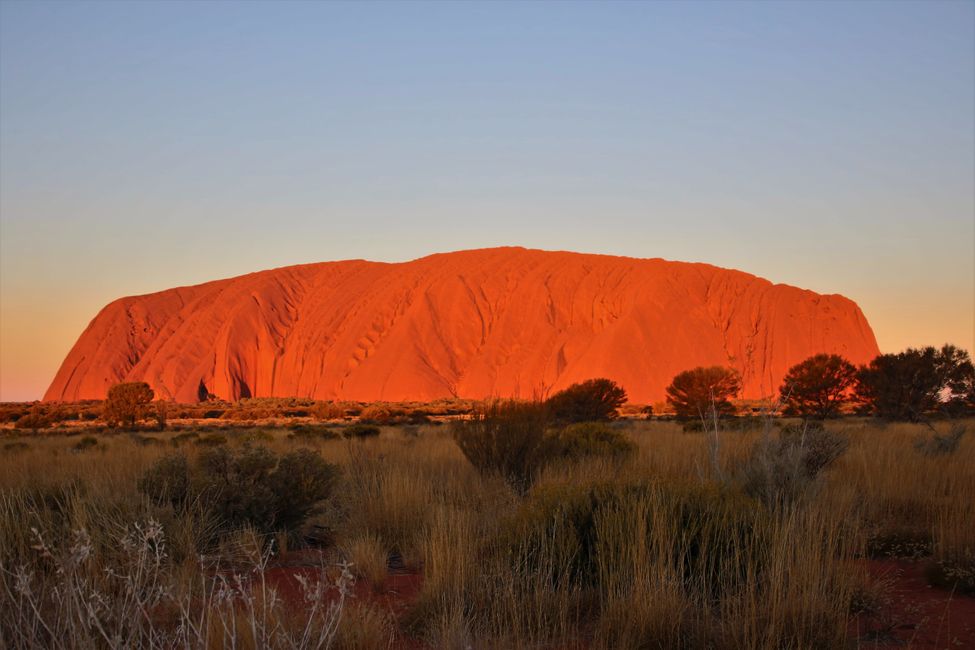
Lapolo ya mobembo Australie
